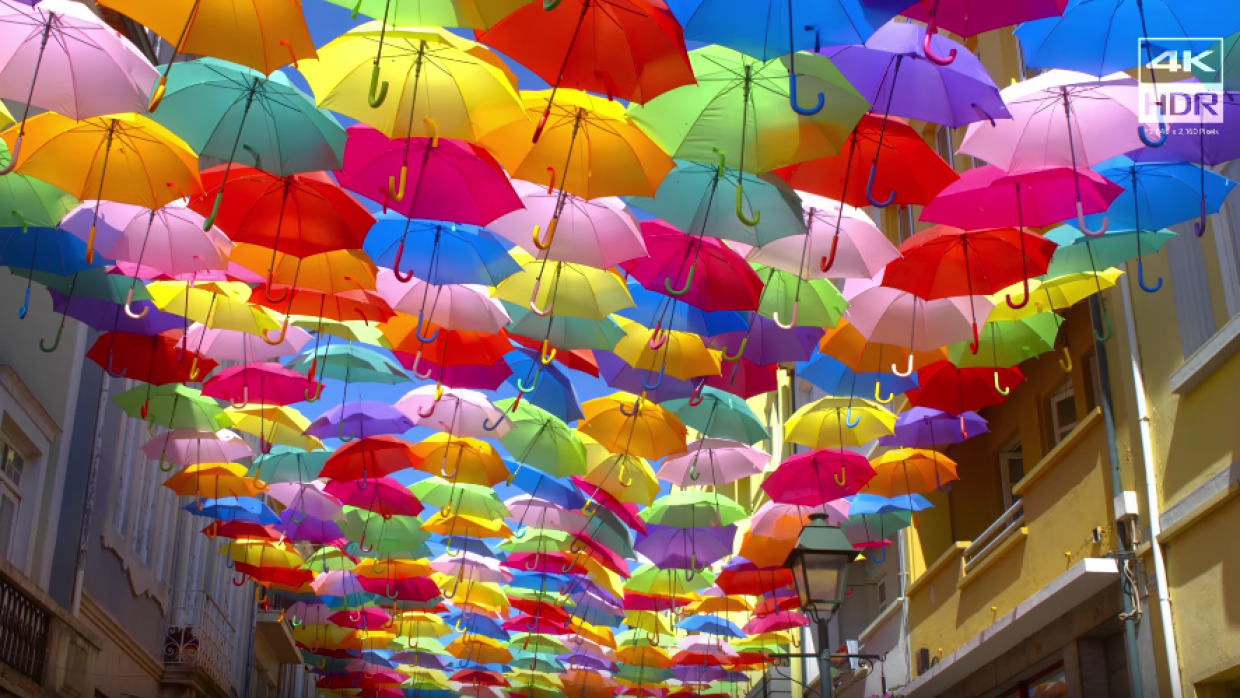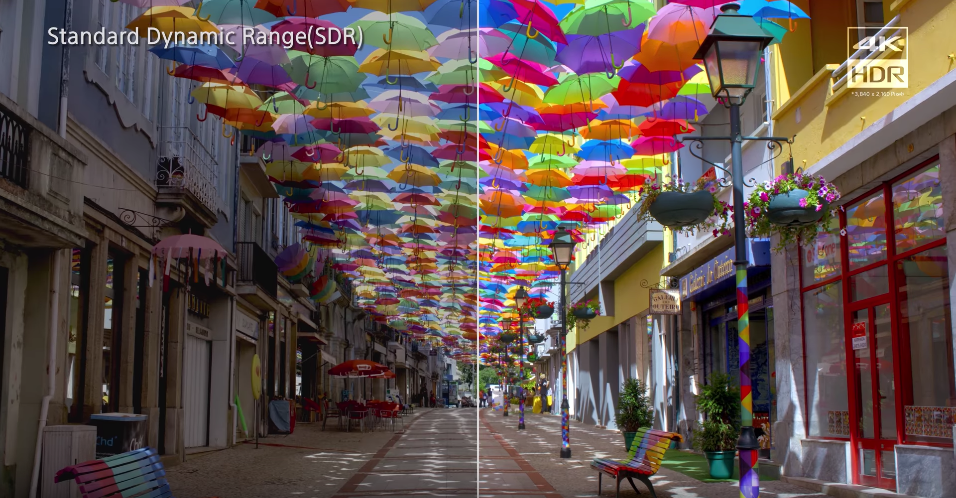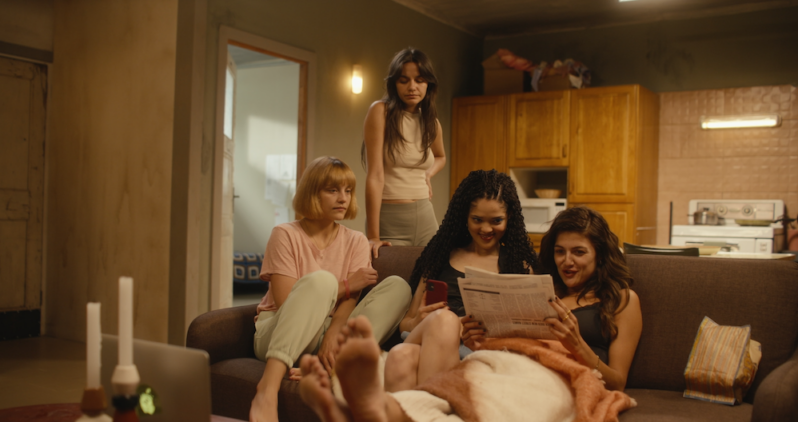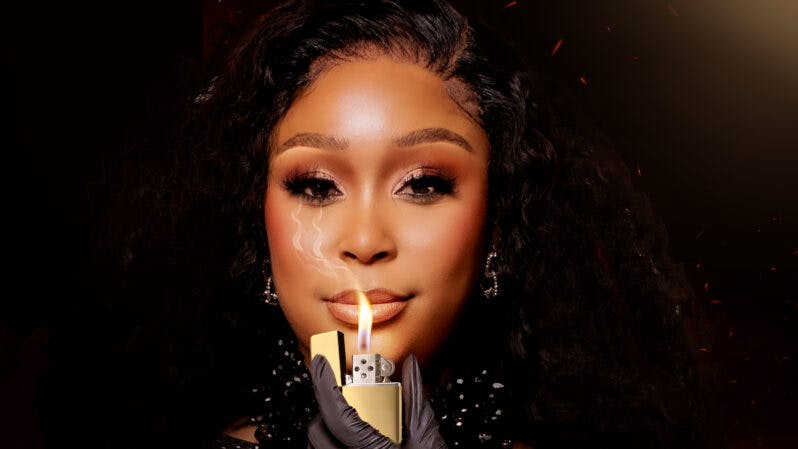
4 May 2017
HDR content: Why you’re going to want it
Content creators and distributors are as excited about HDR as TV manufacturers are. But should you be paying attention, or is it just another marketing gimmick?
It’s easy to get cynical when you see TV manufacturers extolling the virtues of new terms and TLAs (three-letter acronyms) in their marketing materials and on the packaging of their devices. “HD-Ready” turned out to be 720p – which isn’t close to the 1920p resolution we’ve come to think of as “high definition” – and 3D turned out to be a feature no one really wants at home. But HDR (high dynamic range) is different … and you’re going to want it. You’ll still need special gear for it, but that doesn’t include annoying glasses or anything else you wear (or charge).
The ABCs of HDR
Imagine you’re sitting in a dimly lit room. Look out the window. You can see detail outside the window, where it’s bright, and inside, where it’s dim, simultaneously. But hold a smartphone camera up to the same scene and you’re either going to get the detail inside with the window blowing out to pure white, or the detail outside with the interior pitch black. That’s because camera sensors have a limited dynamic range – they can only capture a certain range of darkness and brightness.
HDR displays can show bright areas and dark ones simultaneously, bringing digital images and videos more in line with how we see the world. The idea for HDR originated in photography, where photographers would take an under-exposed image, a properly exposed image and an over-exposed image and stack them on top of one another, allowing them to get the optimal detail from the dark tones, the mid-tones and the bright areas, all in one composite image.
Mobile first?
For HDR to work, both the content and the device displaying it need to play along. So TV shows or movies need to be shot in HDR, and cinema screens, TVs, tablets and mobile phones need the screen technology to accurately display it. In other words, when HDR content becomes commonplace, you’re probably going to need a new TV to display it properly.

Sony’s XZ Premium handset, unveiled in February this year, offers not just HDR but a 4K display, too.
What’s most likely is that the first place many of us will experience HDR video is on the screen we have in our pockets: our smartphones. Sony’s XZ Premium handset, unveiled in February this year, offers not just HDR but a 4K display, too. The resolution is probably overkill for a phone, but the HDR difference is noticeable – content looks incredibly natural and realistic, and the detail is incredible.
Samsung, meanwhile, has included HDR support in its forthcoming Galaxy S8 and S8+ handsets, with equally impressive results. The new S8 devices don’t have the same resolution as Sony’s offering, but the HDR is no less impressive.
Hurry up and wait
The good news, then, is that you don’t need to rush out and upgrade your TV just yet. First, content creators and distributors will need to start making and streaming or broadcasting HDR content. Second, you’ll probably get to experience HDR on other devices before deciding if it’s a strong enough incentive to take the upgrade plunge with your TV. And third, even if you choose to hold out, whatever you eventually upgrade to will likely have HDR as a standard feature. For now, it’s just a matter of waiting.
Original African stories by local talent

Empini S1
Stream the Showmax Original drama series Empini from 23 May 2024.

Original Sin: My Son The Killer
Original Sin: My Son The Killer follows the murder of Andrea Venter by Gerhard Jansen van Vuuren, who then went on the run from South Africa to Brazil.
Tracking Thabo Bester
From the makers of Devilsdorp and the director of Convict Conman comes the true-crime documentary South Africa has been waiting for. Two episodes now streaming, and the remaining two episodes land on 22 March 2024 on Showmax.

The Illuminated
The Showmax Original docuseries The Illuminated explores different religious movements in South Africa. Stream now, with new episodes every Wednesday.

Koek S1
The crime comedy Koek, starring Cindy Swanepoel, now streaming on Showmax, with new episodes every Thursday.

Ekhaya Backpackers S1
Stream the Showmax Original comedy series Ekhaya Backpackers, with new episodes every Thursday.

Cheta M
Cheta M explores the love story between Adanna and Nnanna, young lovers who battle the spiritual and political forces in their way. Stream now, with new episodes Wednesday to Friday.

Youngins S1
Stream Tshedza Pictures’s first teen drama, Showmax Original Youngins, with three new episodes every week.
The Roast of Minnie Dlamini: The roast everyone's been waiting on
Empini, coming soon
More Mzansi gold

Your initiation into the cool, chaotic world of Wyfie
Feel like we’re almost at midterms but you stopped going to class after you skipped a couple of lectures? Let’s swot up on Episodes 1-24 of Showmax Original Wyfie.

Must-watch trailer for The Showmax Roast of Minnie Dlamini
See the trailer for The Showmax Roast of Minnie Dlamini, premiering on Showmax this Friday, 26 April 2024.

Nambitha Ben-Mazwi stars in Showmax Original Empini
Multi-award winner Nambitha Ben-Mazwi leads new Showmax Original Empini. The action-packed drama series premieres on Showmax 23 May 2024.

Youngins Season 1 episodes 31-33 recap: Revelations
Amo and Mahlatse become a couple, Tumelo ditches Sefako, and Khaya sees both Sefako and Principal Mthembu in a new light in episodes 31-33 of Showmax Original Youngins.
